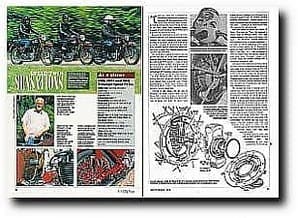
"Come on, come on!" I muttered as staff writer Dennis Frost struggled to kick some life into a seemingly recalcitrant 1956 Triumph Twin. Dennis, Richard Rosenthal and I were having the time of our lives riding three Edward Turner designed ground breaking Speed Twins and I wanted to be back on the road.
Richard and I had started our 1951 and 1952 versions first kick, and now sat broiling in the summer sun while Dennis got even hotter. Spotting the problem, owner Tony East strode across the car park. He reached for the headlamp mounted ignition switch and turned the key. What a relief. The Triumph started with Dennis's very next kick.
Enjoy more Classic MotorCycle reading in the monthly magazine.
Click here to subscribe & save.
The move from magneto to battery and coil ignition was just one of the many differences between these three Speed Twins, which span the early post WWII period — years of rapid evolution in frame design. They form part of the motorcycle collection which Guildford entrepreneur Tony East — he supplies the well known ARE hydraulic motorcycle benches — has built up over the last dozen years.
 In 1938, Triumph's 500cc Speed Twin did nothing less than change the course of motorcycle design. Soon, practically every British manufacturer — BSA, Ariel, Norton, and Associated Motor Cycles — had followed the talented Itimer's design lead.
In 1938, Triumph's 500cc Speed Twin did nothing less than change the course of motorcycle design. Soon, practically every British manufacturer — BSA, Ariel, Norton, and Associated Motor Cycles — had followed the talented Itimer's design lead.
Looking at first glance like the rest of Triumph's ohv single cylinder range, the 63 x 80mm 498cc parallel twin was no heavier and only £5 more expensive than Thumph's 500cc Tiger 90 single. And when The Motor Cycle blasted the new machine up to 107mph over a measured quarter mile, the model's sporting potential was obvious. Modest tuning — a larger carburettor and an increased compression ratio — produced the super-sports Tiger 100, launched the following year.
After the hiatus of WWII, the Model 5T Speed Twin and the Tiger 100 spawned a whole range of Triumph twins. They were quickly joined by the short lived Grand Prix racer — its aluminium cylinder barrel and head inherited from a wartime generator the 350cc 3T and the glamorous TR5 nophy. In 1950 a 650cc model, the 6T Thunderbird, joined the range. And by the time a sports version — the Tiger 110 — was introduced in 1954, the Speed Twin had already started its long slide from Triumph's range leader towards being just another touring twin. It was finally dropped in 1966.
The Speed Twins featured here show that in the early Fifties, Triumph moved quickly to rid their range of any outdated features. The 1951 model (registered in late 1950) has a telescopic front fork, but still a rigid rear end with single saddle and separate pillion pad. The next Triumph tested is one year younger and is fitted with a dualseat and the ingenious sprung hub. The third has swinging arm rear suspension, introduced in 1954.
The sprung hub was a cunning piece of engineering which provided some rear suspension without modifying the old rigid frame. It concealed a hollow box which slid up and down on a block fixed to the wheel spindle. Springs at the top and bottom controlled the motion. Although movement was a scant two inches, this was comparable with the plunger suspension used by rival companies. But better than plungers, the guide block was curved so that chain tension remained constant. The hub was totally unobtrusive. The only giveaway was that until the suspension was compressed, the spindle and hub were concentric. The hub weighed only 121b, and Triumph were quick to point out that because part of the hub moved with the machine, there was very little unsprung weight. You don't have to look hard to spot Turner's obsession with the economies of real mass production. ![]()
NB. For the full content, click on the 'view original article' link in the top right column.
Advert
 Enjoy more The Classic MotorCycle reading in the monthly magazine. Click here to subscribe.
Enjoy more The Classic MotorCycle reading in the monthly magazine. Click here to subscribe.




